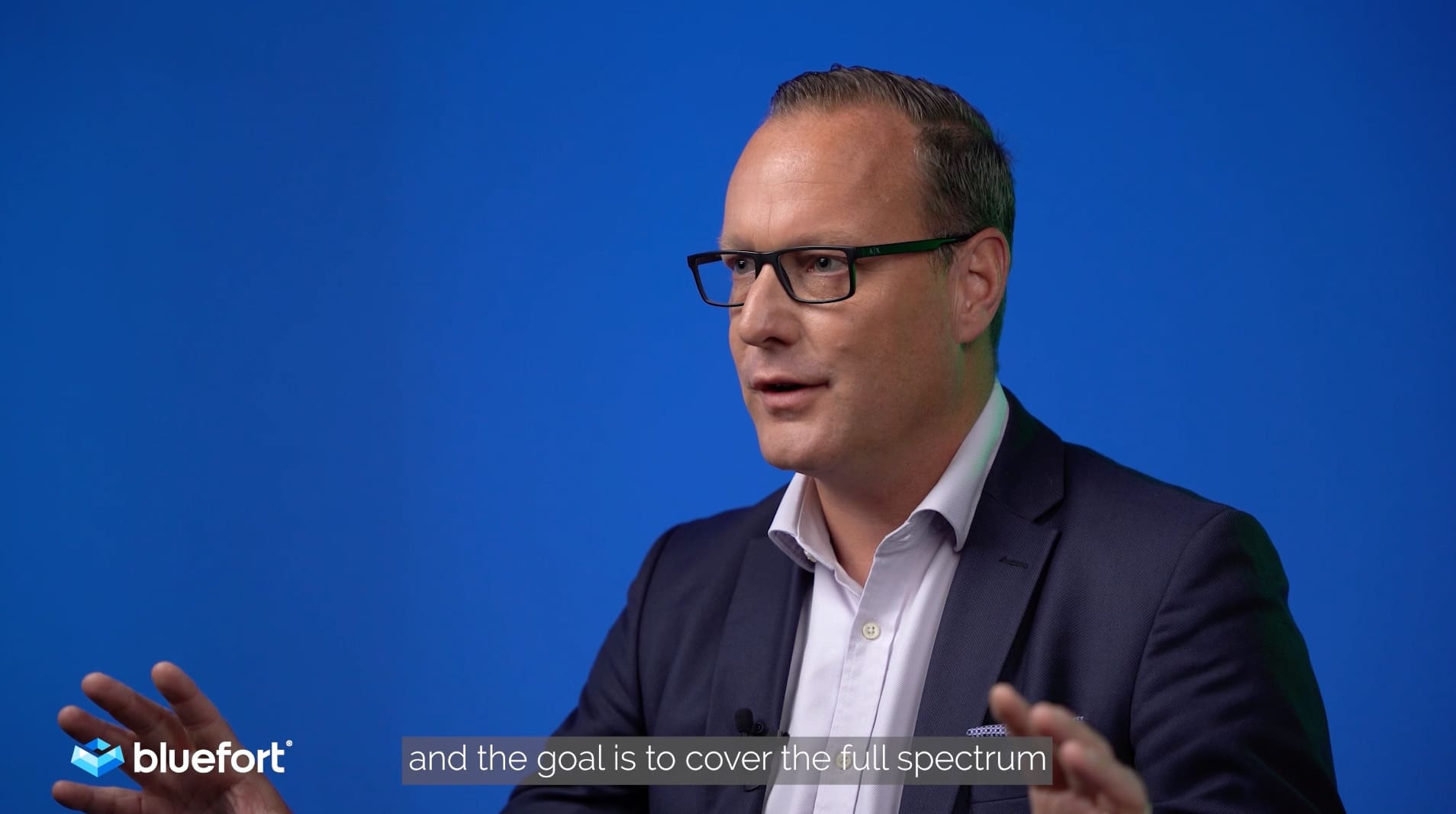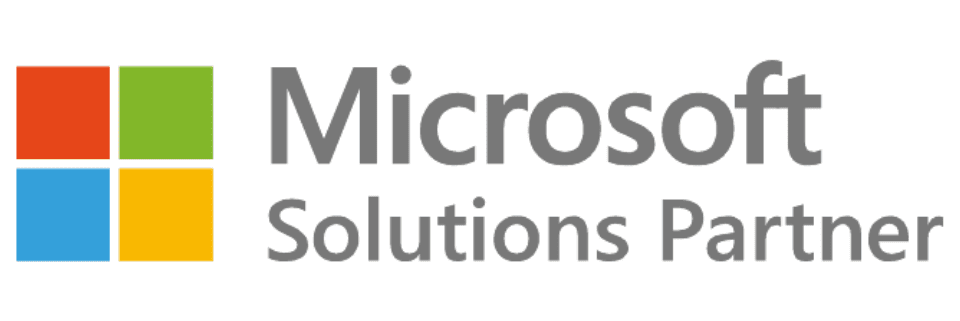How Bad Operations Make Progress Impossible
No one wants to fight a losing battle.
Or even worse, an invisible one.
As a subscription business owner, you have a million things to worry about. Attracting and keeping new customers. Knowing exactly what they want. Scaling when necessary. Keeping up with the competition. And innovating and future-proofing your business.
That’s a lot to handle all at once.
That’s why there’s one aspect of your business that you can’t afford to ignore: operations.
Disintegrating operations can be stealthy.
You often don’t notice that things get worse because it’s a little bit here, a little off there. Often everyone struggles to keep up with their own part of the process and aren’t sharing where the struggles are. They’re too busy putting out fires and doing damage control.
This is the silent killer of subscription success, and it’s time to understand the impact it can have on your business.
Operations are the backbone of any subscription business model because of the absolute accuracy required in subscription management. Subscription operations must deliver the product or service to customers, manage customer relationships, and maintain the infrastructure that supports the business.
But poor operations? That’s lost customers. Decreased profits. And a damaged reputation that takes a long time to recover (if it ever does).
Complexity
One of the biggest challenges of operations management in a subscription business is the sheer complexity of all the processes involved.
You know as a subscription business decision-maker, that every single task has a domino effect on other tasks. So getting everything right the first time is essential.
For example, imagine that you run a retail subscription box service. You have thousands of customers who receive a monthly shipment of products. There might come a point where the operations team can’t handle the volume of orders – or, even worse, they run out of stock.
It’s not their fault – they try but simply don’t have the resources to keep up.
Ever run down a hill and it’s fine at first, but then a few steps in you realise it’s much steeper than you thought? Uh-oh. But you keep going, faster, going even faster, and then eventually, suddenly, you hit that awful point where you know you can’t keep up anymore? That’s when you fall and break something (unless you’re very lucky).
Except in subscription management, trouble arrives more subtly. At least at first.
However little by little, things start going wrong. A customer might have the wrong subscription. Or deadlines might not be met. Perhaps there’s one, then two, then twenty invoicing errors. Manual recognised revenue becomes a mess.
Only then is it clear what you’re dealing with.
You get in trouble, you have to evaluate: Is it worth getting into trouble again? – Robert Iler
If your operations can’t cope with customer expectations, you will end up losing them, resulting in a damaged reputation and lost revenue.
The Solution
The solution to these challenges is simple. It’s our LISA solutions for ERP, built on industry-proven, global-scale ERPs from Microsoft – Dynamics 365 Finance and Supply Chain Management, and Dynamics 365 Business Central.
LISA Business and BusinessPro streamline operations, improve efficiency, and increase profitability. Here are some of the benefits of ERP operations that will end that stealth damage:
- Improved customer service. With LISA, you can manage customer inquiries and billing in one centralized location so that reps can access the information they need improve response time and make customers happy.
- Common operational headaches ended. For example, LISA can automate the billing process and all the respective complicated IFRS 15 and ASC 606 financial transactions, reducing the risk of errors and ensuring that customers are billed accurately and on time.
- Product management. LISA can also help businesses manage their products and track their fulfilment process, so they never miss opportunities or deadlines.
- Increased visibility into the operations. With LISA, you can access real-time data on your business operations, including sales, customer service, and inventory levels. This means you can make informed business decisions and improve operations.
There’s no denying that operations are a critical component of subscription success.
Ignoring them can have serious consequences.
But you don’t have to keep up the struggle any longer. You don’t have to suffer nasty surprises that will be much more expensive to fix.
Implementing LISA BusinessPro or LISA Business will improve the management of your subscription processes, streamline operations, improve customer service, and increase profitability. It’s the smooth path to success.
Don’t let the silent killer of subscription success destroy your business. Take control of your operations today with LISA.




